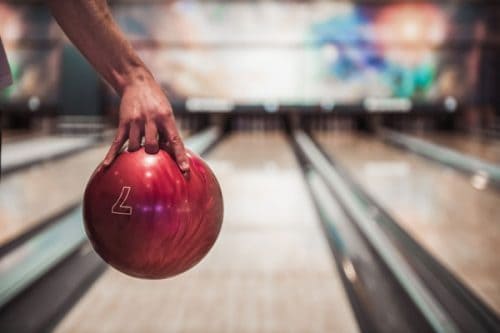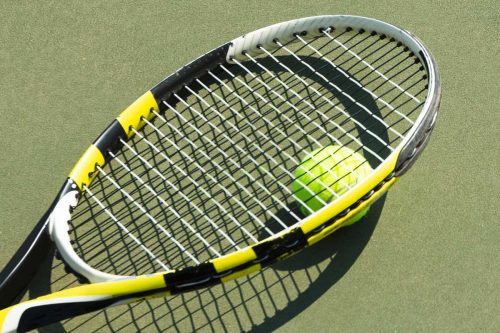Linebackers are the hard-hitters of a defense. The play can be set up to blitz the quarterback, attack the running back, or cover tight ends and wide receivers on short routes. You can imagine all the hits linebackers have to deliver. With so many hard hits, the best football helmet is needed to protect linebackers from getting hurt.
Here are our takes for the best football helmets for linebackers:
- Riddell SpeedFlex
- Schutt Vengeance Pro LTD
- Schutt Vengeance II LTD
- Schutt F7 LTD
- Xenith Shadow XR
- Xenith Epic+
Continue reading to get out opinions on these football helmets, along with other helpful information about football helmets.
Qualities of a Football Helmet Suitable for Linebackers
Big hits, trucking, and colliding are all elements of the game. They make for a great show when crucial plays happen.
With so much tackling involved, especially for linebackers, head protection needs to be the number one priority in a football helmet. Concussions are relatively common. Of the millions of concussions in all sports yearly, football makes up for over 300,000 of them. That's not even including the ones that are unreported or undetected.

Since linebackers will often do most of the defense's tackling, a protective, layered helmet is necessary. It should have materials that provide superb cushion for the head at all times. We'll go into elements of a great helmet later.
Below are reviews of our top football helmet picks.
Riddell SpeedFlex
If you want to feel like you're playing in the NFL, this is the helmet for you. This is THE helmet of professional football and Division 1 college athletes.
Professionalism aside, it's built with safety in mind. It's made with Riddell's Flex System, designed to resist harsh impacts from the front and side. Researchers at Virginia Tech give this helmet a 5-star rating. We'll explain why this matters later on.
It's still being debated whether the 2021 edition is good at reducing the risk of concussions.
Click here to view this helmet.
Xenith Epic+
This helmet option is excellent for youth that plays football as well. Sizes come in small through extra-large for youth but also have sizes for adults.
Regardless of size, it's made with Xenith's adaptive head protection system. This saves the need for air pumps, thanks to its custom fitting design.
Don't let the lack of need for an air pump intimidate you. This helmet has compression liners and multi-stage shock absorbers that minimize the impact of side hits. This helmet's flexibility helps reduce the risk of concussions thanks to its ability to let your head move more smoothly.
Its main downside is its weight, which is minor considering the usefulness of all of its protective material.
Click here to view this helmet on Amazon.
Xenith Shadow XR
For those wanting a lightweight, breathable helmet that still offers superb protection, this helmet is the way to go.
This helmet survived over 10,000 hits; remember that when you see that it's made of a polymer shell, which is lighter than other helmet materials. Its facemask is made of lightweight titanium as well.
On impact, its RHEON shock design reduces the blow on linear impact and reduces head movement on side impacts. Your head will stay safely in place with every tackle.
Safety reviews give this helmet great praise for its ability to reduce concussion risks.
Click here to view the helmet on Xenith.com.
Schutt F7
The F7 could receive the crown for the safest helmet on the market, receiving extremely high marks from Virginia Tech Research. Its design has many safety "systems" in place to protect your head.
Its multi-layer linear system improves independent head movement, liner, and cushioning. Its helmet stabilization uses soft yet durable synthetic leather to "lock" your head in place. There are Tektonic plates that independently move in multiple directions to improve rotational impacts.
Virginia Tech Research ranks this helmet number one for safety.
Click here to view the helmet on Amazon.
Schutt Vengeance Pro and VTD
These helmets deliver great protection but are also some of the lightest football helmets. For the cushion, the helmets use thermoplastic urethane --or TPU. This material absorbs impact more consistently than other materials, even in varying temperatures.
With just one layer of TPU, the overall weight is lighter; the helmets weigh in at around four pounds.
For the VTD (or variable thickness and durometer) specifically, its design places more focus on low-velocity impacts.
However, you may have to buy the facemask separately, depending on which model you purchase and where you buy it.
Click here to view the helmet with the facemask on Amazon.
What Makes a Good Football Helmet?
A good football helmet needs to be made of sturdy material to take on big hits. When shopping around, pay attention to these three key parts of a helmet: the shell, the cushioning, and the liners.
Shell
The shell is the outer layer. There needs to be decent space between the shell from the inside so that thicker padding can be inserted. This padding is what absorbs the impact from tackles. The more there is, the better it performs against impact.
Cushioning
Cushioning (or padding) is the barrier between your head and the interior shell. Airflow contributes to its cushioning, and therefore your comfort level in varying temperatures.
Liner
Liners fill any gaps between the shell, cushioning, and the player's head. Liners have inflatable air pockets that you inflate with a pump. When inflated, they give the helmet a secure fit; it's strategically designed to close every tiny remaining gap.
You need to pay attention to the shell as well. Its material could play a role in reducing tackle impact. Rounded shells are the preferred choice. As a linebacker, you'll make many hits. Outside linebackers will often collide with the offensive tackle when trying to go after the quarterback.
Middle linebackers will often have to charge the running back on run plays. Either scenario involves great force. A rounder shell helps to deflect some of the impacts from a hit, whether you're delivering it or being trucked or blocked by an offensive player.
A good chinstrap is also key. This helps lock the helmet in place as you play. Sometimes, the chinstrap will include extra padding to protect your chin.
A strong face mask will guard your face against getting hit with a stiff arm. Custom facemasks are available; you'll see many professional football players wear special facemasks with their helmets.
Why is it Important to Wear a Football Helmet?
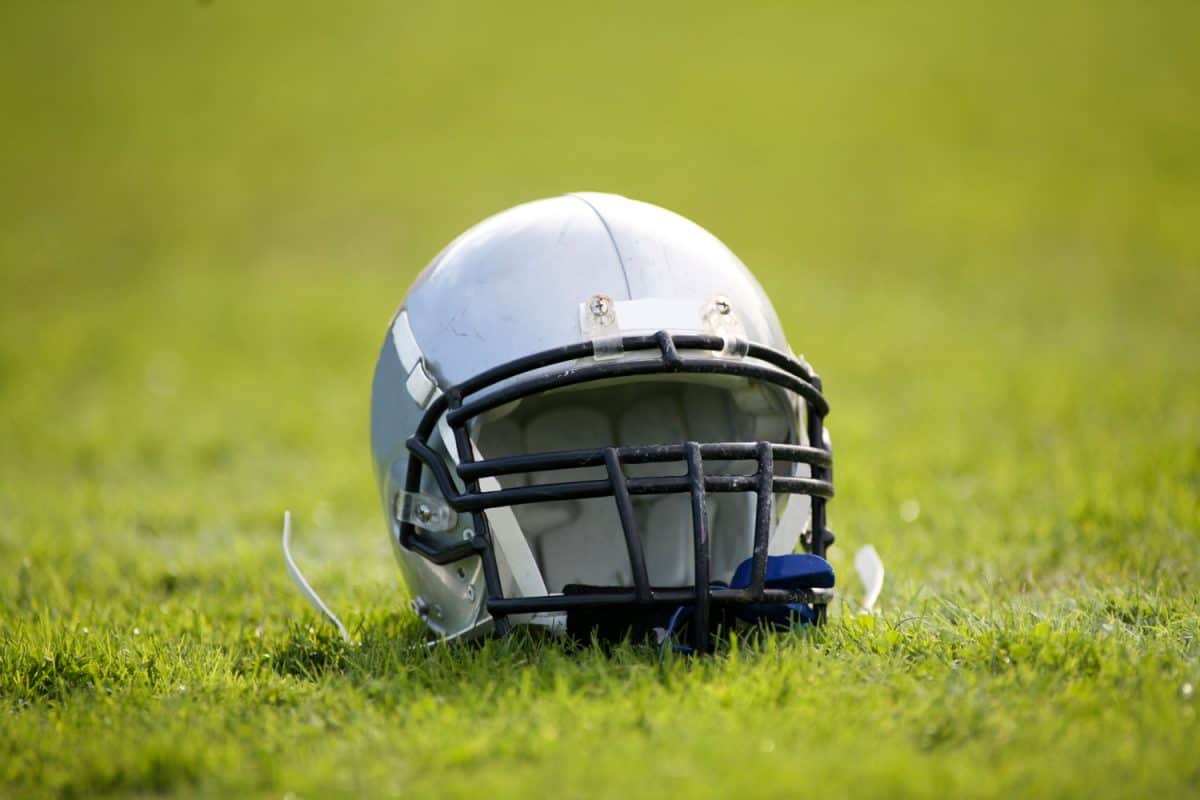
If you look at the history of football, it didn't start with players wearing helmets. It wasn't until the 1920s where helmets were used. Even then, it was just a leather cap with padding; no real protection was offered.
Because of that lack of safety, helmets evolved to be sturdier and stronger against impact. Rule changes have helped as well.
The point of a football helmet isn't only to prevent concussions; they protect the rest of your head too. Without a helmet, it's easy to get scratched, get a bloody nose after impact, or lose a tooth.
Keep in mind that a helmet won't 100% protect you from a head injury. Concussions still happen, even with a helmet. But wearing one drastically reduces the chances of getting one. It also reduces the overall damage if you do get concussed.
Do Linebackers Need Visors?
A football visor isn't necessarily a requirement. Some players elect not to equip their helmets with one.
However, a linebacker will not perform at his best without one. The role of a visor is to help you keep a clear sight of the field without glare from the sun or stadium lights. These visors are tinted to reduce these vision impairments so players can see the field in full clarity.
You don't want the sunlight to be an opponent. Playing against eleven opposing players is already enough work for a linebacker as it is.
What Should Linebackers Wear?
For a linebacker to perform at his best, certain gear is essential.
Gloves
One thing linebackers should wear is good gripping gloves. Although the main focus is to make a tackle, there will be times when they need to make a critical interception, especially when in coverage. Linebackers aren't known for their catching ability. So gloves with a good grip help to make that clutch turnover. It also helps when trying to strip-sack the quarterback.
Cleats
Lightweight cleats are needed because playing as a linebacker requires a lot of movement. You may need to spin the offensive lineman, make a quick directional change to chase the receiver, tight end, or running back, or you may need to act rapidly at the sight of a fumble. Cleats that "grip" the turf is required to make those rapid movements.
Mouthguard
Even with a facemask, your mouth/chin can still take a hit. That means your teeth can be at risk. A mouth guard will add a barrier to protect your teeth from getting fractured or broken mid-play.
Wrap Up
Playing linebacker is a position that requires much skill and hard-hitting ability. Having the right helmet to protect your head from those hits is necessary to keep you on the field longer.
Here are some other articles to look at to understand the game of football better:

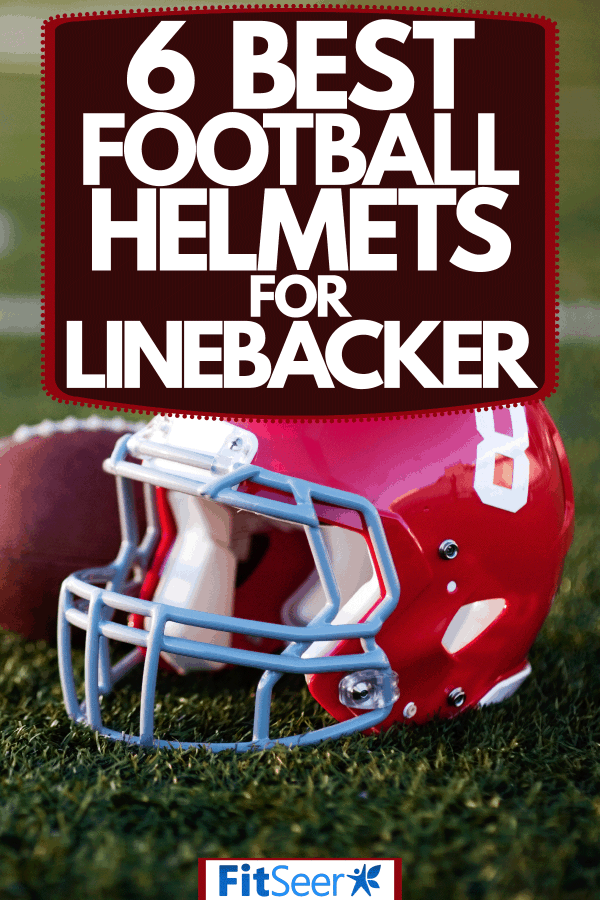



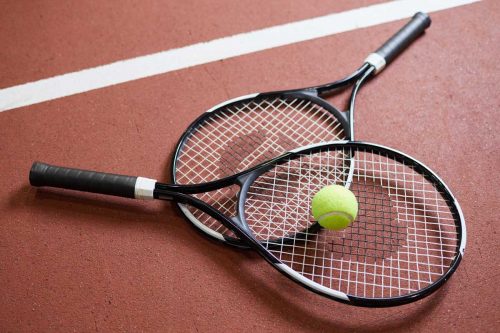

![Read more about the article How Long Should A Pilates Session Be [And How Often To Do Them]](https://fitseer.com/wp-content/uploads/2020/10/Three-females-doing-plank-on-reformer-in-pilates-studio-500x333.jpg)
